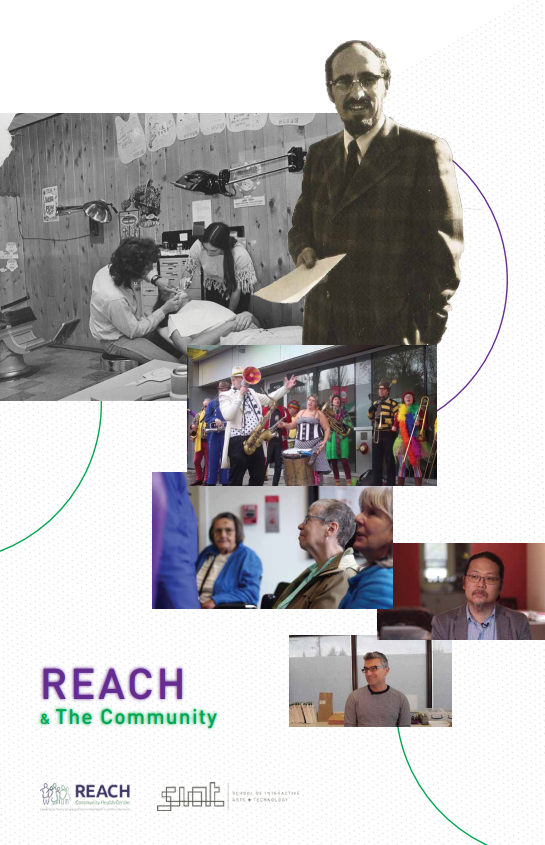REACH & the Community
Documentary
Introduction
REACH & The Community is a documentary about the organization and the role they play in providing the community with wholesome healthcare.
We take you through REACH's past, when they were first starting in East Vancouver and where they are today: providing exceptional health care for the community.
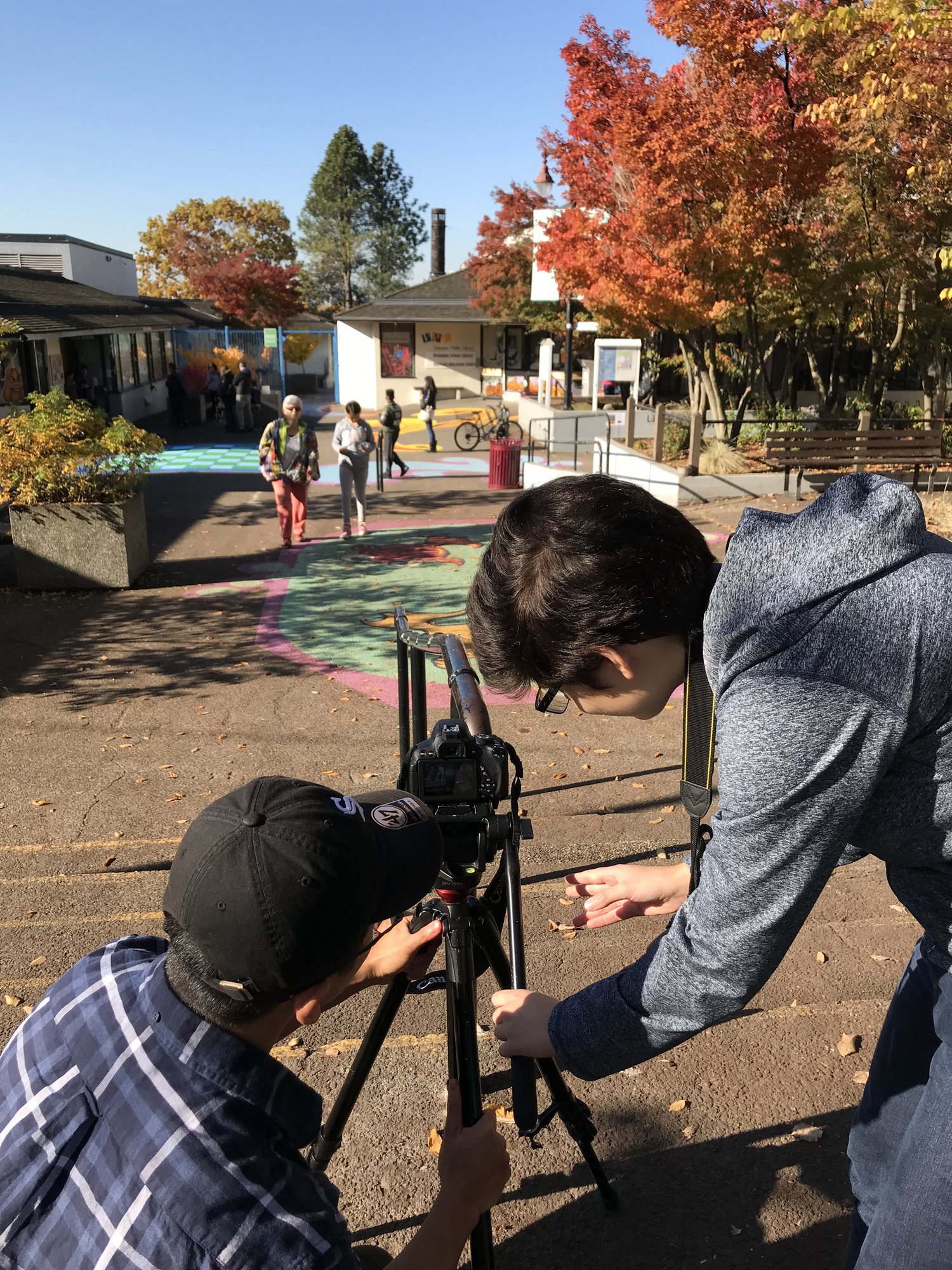
Role
I worked alongside two other classmates.
We shared roles to individually learn different aspects of filmmaking. In general, my role was to film, create graphics and edit. During production I was in charge of framing and composing the shot, as well as recording audio and making sure it was clean and clear. If any video overshot I would indicate it to Melissa who was in charge of conducting the interview so that we could repeat sentences that we needed.

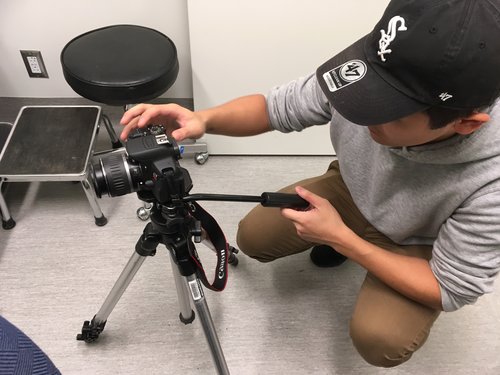
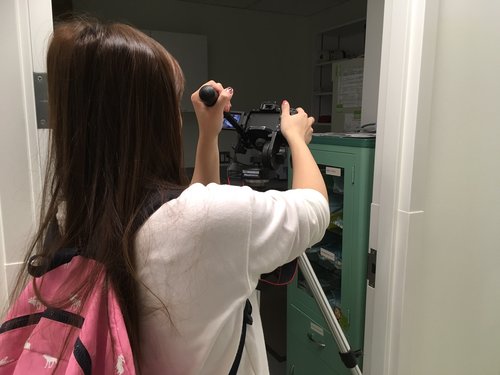
Process
- We began by looking at different potential documentaries as a team and decided on REACH
- We then developed a shots list and a treatment with a mood board to determine the look and feel we wanted to convey
- We then storyboarded that specified shot scales, transitions and framing
- We went to REACH's Annual General Meeting to network and find potential interviewees
- For production days we booked all the equipment
- Familiarize ourselves with the camera (lenses, composition, depth, color balance, lighting)
- Began shooting and sound recording
- Dumped the footage and began editing
- Refined our rough edits, and planned ahead for events and other shots that we needed

Shooting Interviews
We prepared for our interviews by booking and practicing with wireless lavalier mics that the interviewee could wear.
It produced clean audio but during recording we found that we also picked up the sounds of the interviewee's necklaces and watches. When that happened we promptly asked them to repeat themselves. It worked out really well.
For both interviews I was in charge of composition and audio with Angelica taking over during Mike's interview so I could focus on recording video.
Soft skills such as warming the interviewee up with easy questions were one of the many interview tricks we learned and used. This really brought out the interviewee's character and story as they were more relaxed and themselves.
Melissa was in charge of conducting the interview while I made sure everything went without a hitch and if something was off, I would ensure we redid that scene or question.
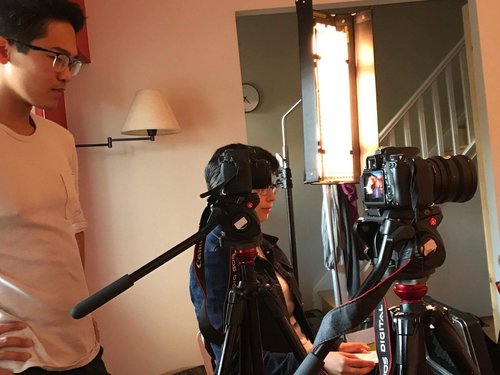
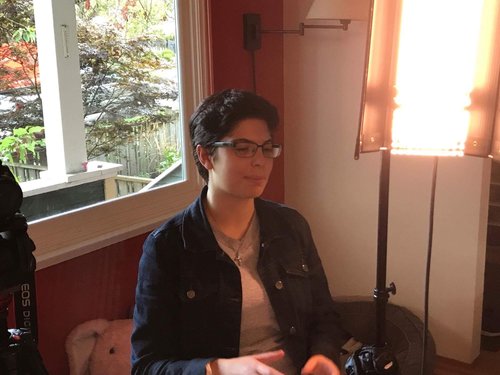
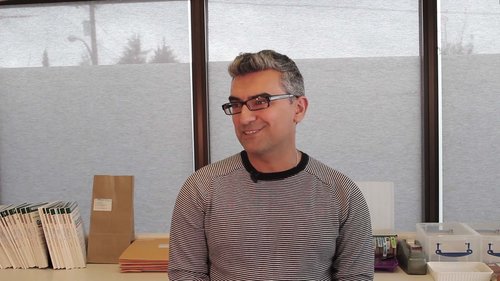
Storyboard
This was one of our initial storyboards which changed as complications with who we could interview changed.
However, it gave us a really good structure and way to hold our ideas together. Even in this early iteration, we can see the same use of exposition shots and overall transitions as in the final. Subjects did change, but the overall feel and message remained the same and successfully so.


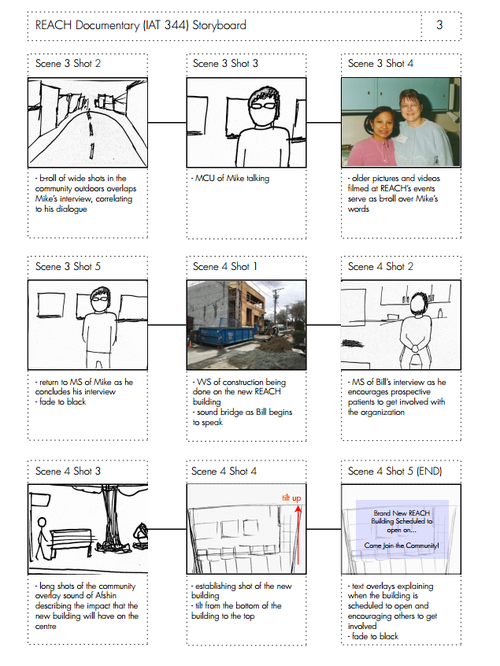
Montage: 3D Ken Burns Effect
I made the icons and the graphics for the 3D ken burns effect and then edited the effects to fit the video.
The idea was to give the old images of REACH life and convey a sense of how far REACH has come.
To make the cut-outs I used Photoshop's easy-masking tool and the lasso tool for finer details.
I then threw it into After Effects where I used the scaling of the position of the layers to create a 3D effect that brings the photo to life.
For editing, color was considered as we started with black and white photographs and moved toward color so that the montage would not be jarring and ease back into color.
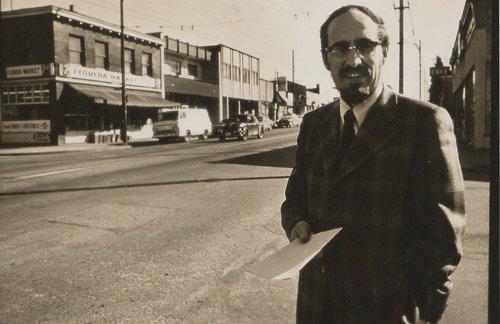
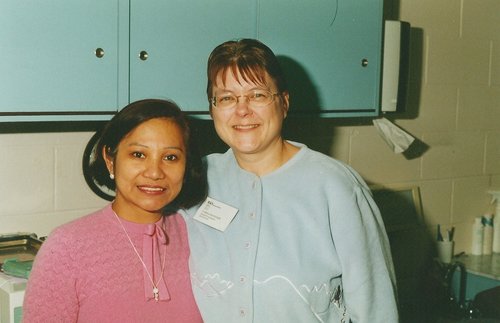
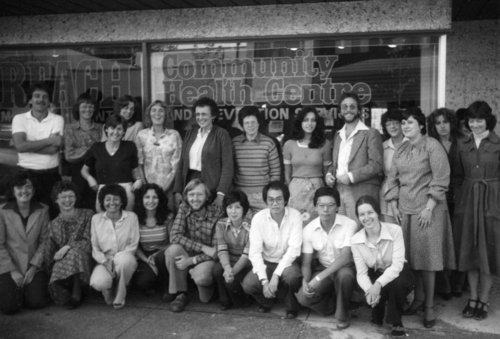
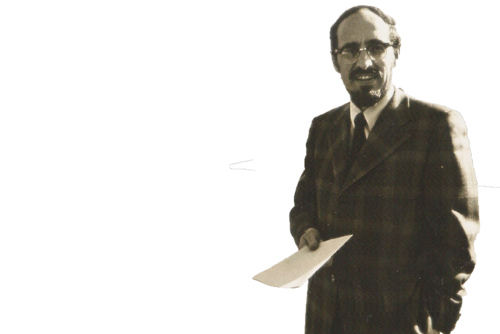

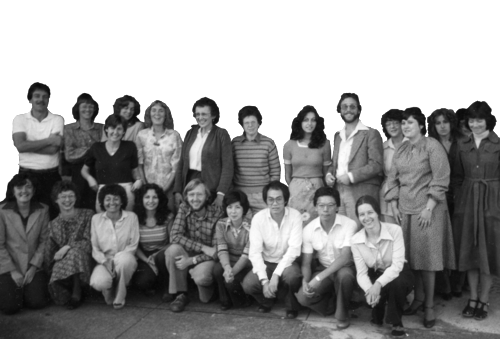
Icons and Animation
For the icons I traced the logos from the REACH website so that it would remain consistent with the graphic language already present on the website.
Additionally I made a logo representing the new REACH building which we didn't end up using. However, it did resemble the building really well.
The graphics were used to quickly and abstractly convey different services REACH could provide for them as they are watching the video.
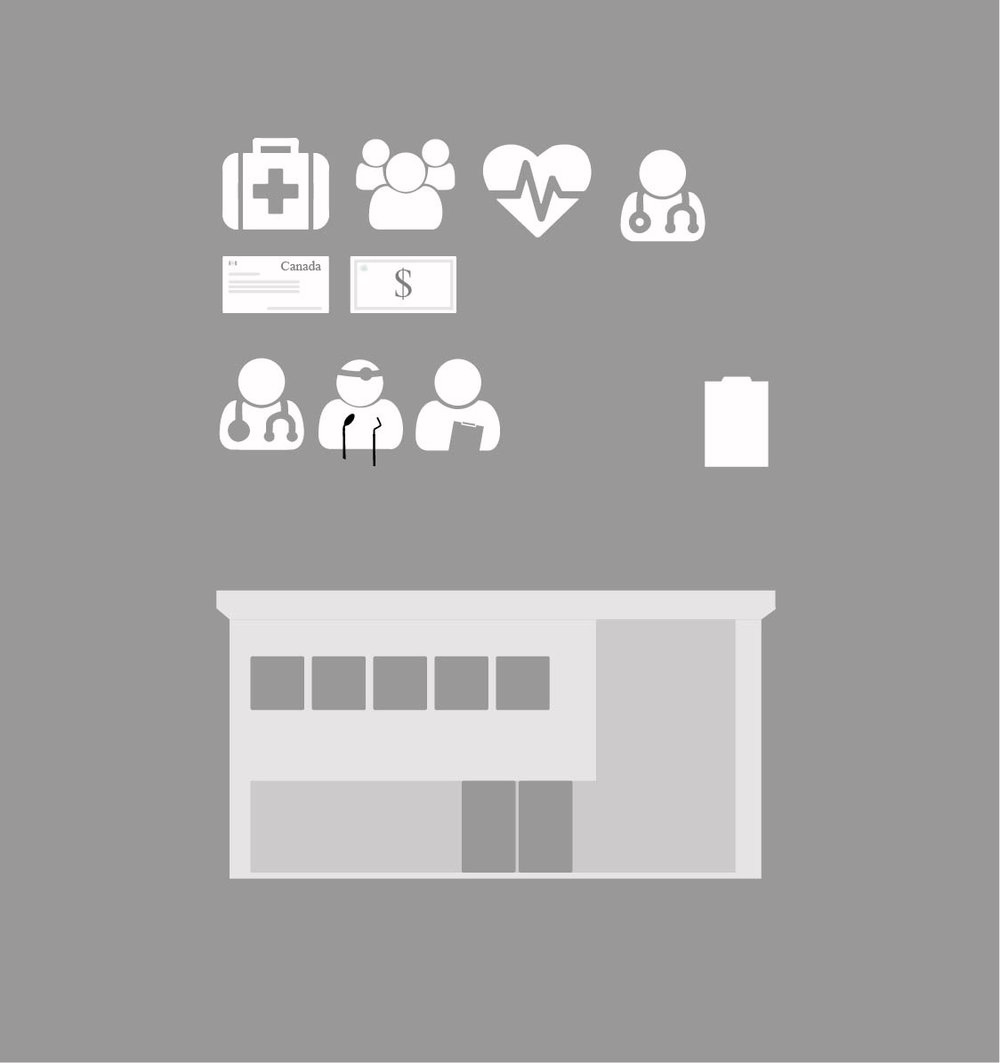
Difficulties
One of the big difficulties we had was that we did not get the interviews we set out to get.
This was because there were other teams working on the same subject and interviewees only had so much time. We worked through this by using the interviews we got from Mike and Afshin which we perfectly in depth and carried the narrative. We adjusted our story accordingly and it worked out well.
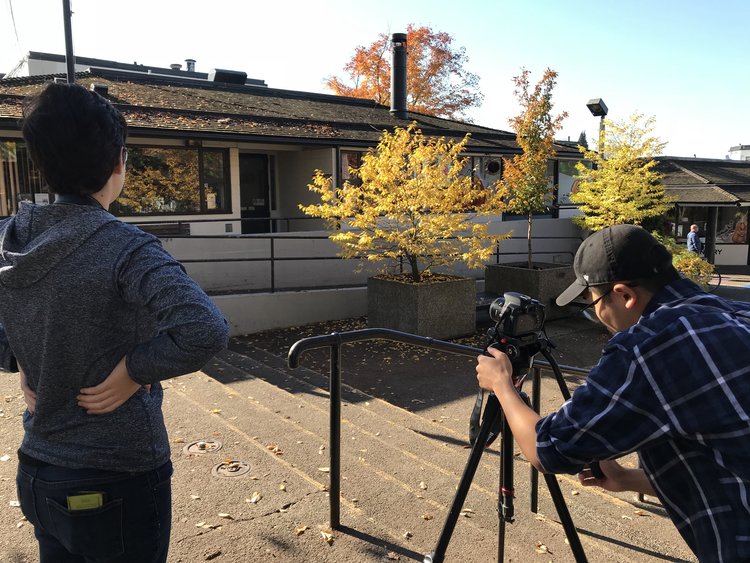
Editing
For editing, we used Adobe Premiere, After Effects and Audition.
It was a team effort as Melissa & Angelica transcribed the words and sentences. Melissa then organized words and sentences into a narrative that really communicated a community narrative interestingly.
For the first rough edit, Angelica put together the initial shots and handed over to me to refine. Some shots had to be replaced and paced to better flow with the story.
As well, I made the poster, the graphics and editing for the 3D effect on the old pictures of REACH and traced the logos manually from the REACH website so that they would be unified with REACH's brand.
The final edit was not too different and was revised by all of us separately, and then one last time together so that we were all happy with it. The audio was done together as a group as we normalized the audio of the voice to be clear and brought the background music down so that it would not dominate the piece with Adobe Audition.
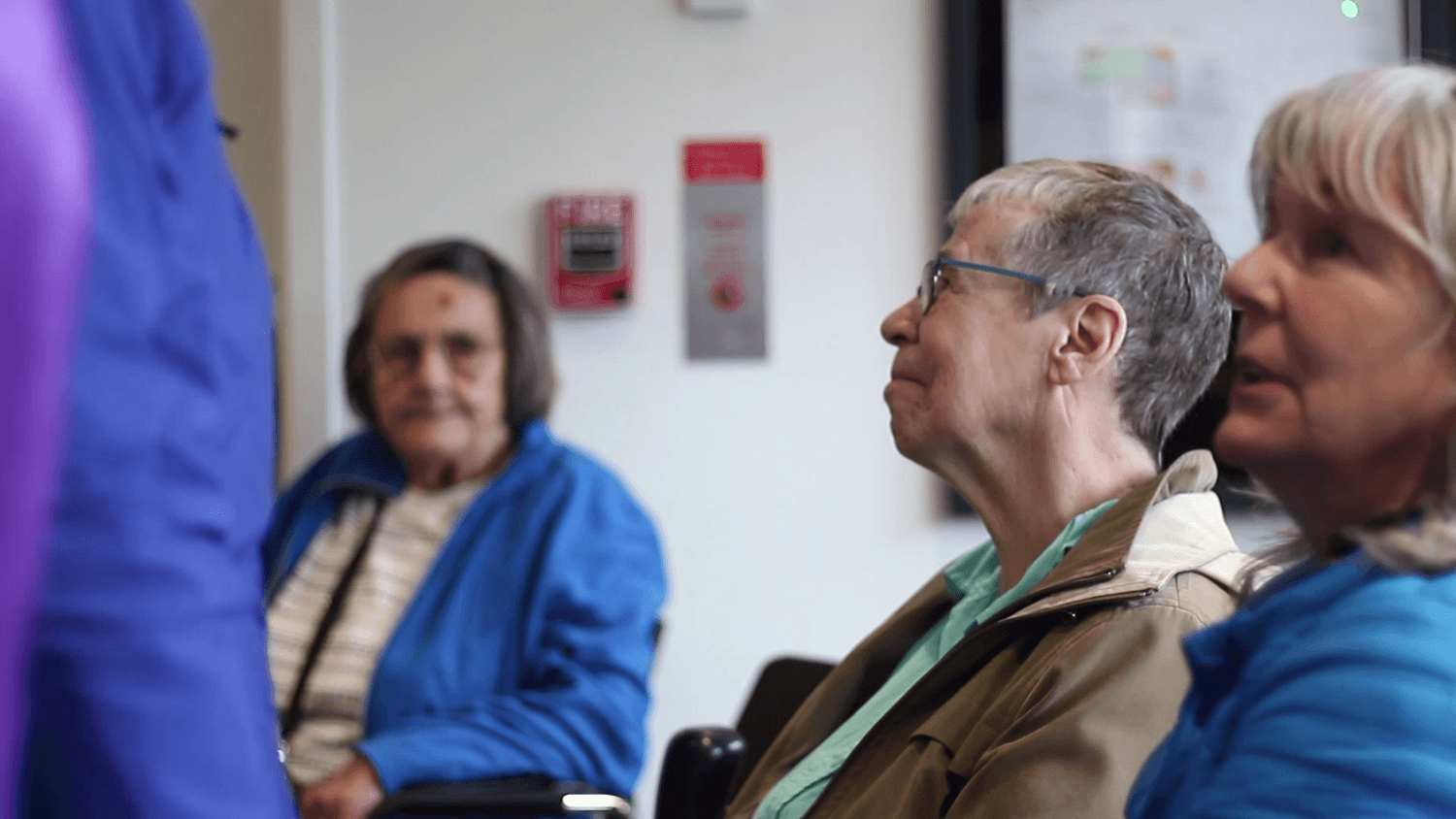
Project Outcomes
Overall I am very happy with the end result as the video and audio came out great.
If I were to do it again I would definitely reframe the interview subjects so that there is less head space to address the composition issues I came to realize afterwards.
The audio was very clean and the levels were just right, allowing for the voice to carry the story. I am also happy with my own contributions as I expanded my skills in many regards such as audio and video editing, composition and pacing, sound recording and especially interviewing skills.
